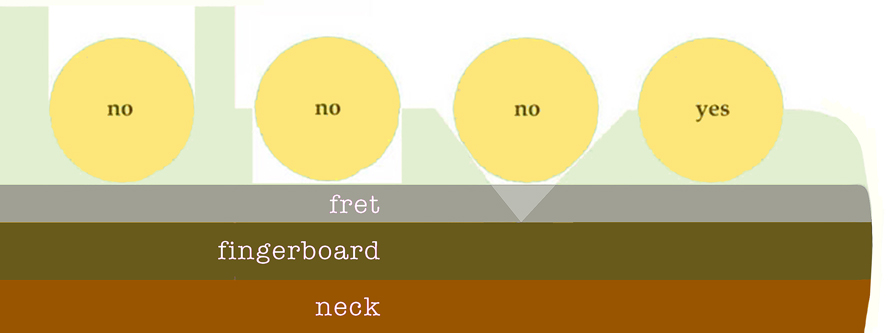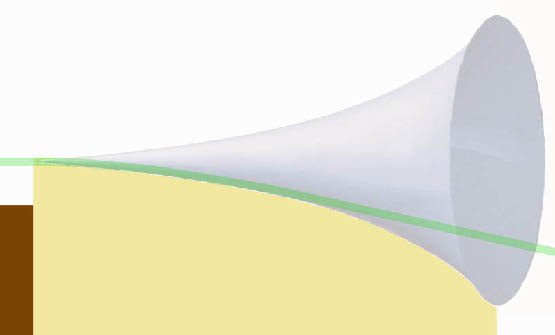I'm sorry if this is a dumb question. I've read RM's set up guide and was also directed to another website that discusses the importance of setting the nut slots so the string rests half its diameter into the nut. This is how mine is set up for the G string, but the D, A and E are lower. (the A and E are actually buried in the nut).
Should the height of the nut slope downward toward the treble end? Then the smaller strings wouldn't be set as deep. My mandolin's nut is rectangular. Should it be trapazoidal? I hope I'm describing this so you understand my question.
BJ







 Reply With Quote
Reply With Quote














Bookmarks